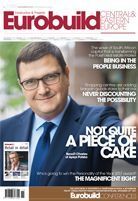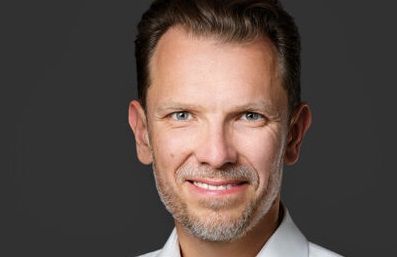Rafał Ostrowski, ‘Eurobuild CEE’: Do you like Warsaw?
Mikael Colville-Andersen, CEO, Copenhagenize Design Company: Well, I like the people. But when I come here with a professional eye, it’s like it’s 1952. The flight from Copenhagen to Warsaw brought me back like a time machine to the 50s. I guess it’s important that we have cities that still haven’t evolved, so we can learn how stupid things were in the past. But I know it must suck to live here. I am sure that there are some nice neighbourhoods in Warsaw, like there are in every European city, but if you have to move around, then no! God, what a nightmare.
What is the main problem with moving around in this city?
You were happy to get rid of the Soviets, but you didn’t bother to get rid of their traffic planning. It’s as if you said: “No. This part of the Soviet legacy we are going to keep.” It was really unlucky that this traffic engineering was introduced: huge, wi






























































